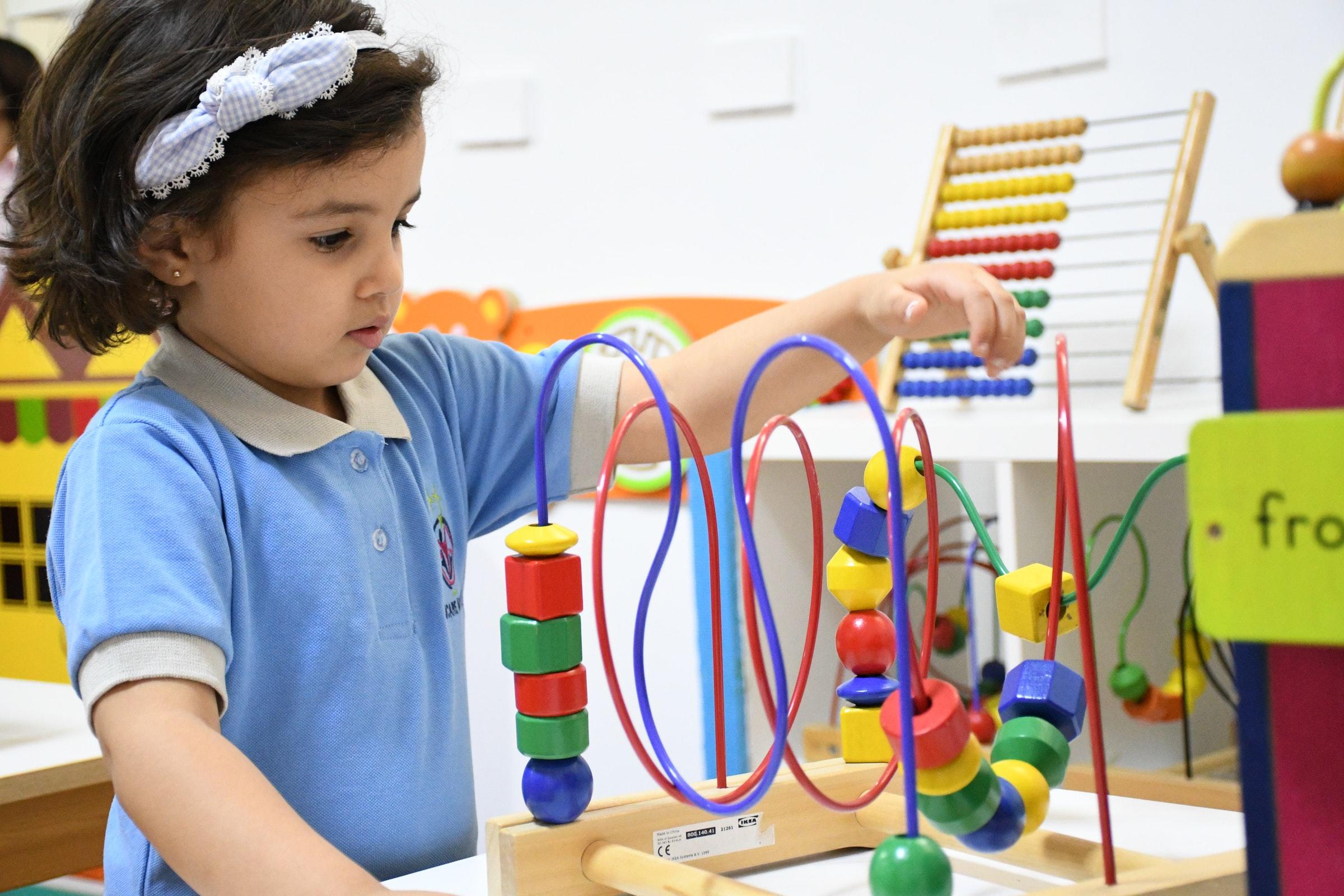(Aug. 2021) -- After more than a year of change, parents and students may feel uncertain heading into the upcoming school year. Experts with the Colorado School Safety Resource Center (the Center) within the Colorado Department of Public Safety have noticed that while many parents are excited for a return to fully in-person schooling, they are also concerned about how to make that transition as smooth and emotionally safe as possible for their children.
The Center offers the following top 10 tips for parents to help ease the transition.
Top 10 Tips for Returning to In-Person Learning
- Re-establish routines. Many students have been doing classes from home for over a year. This means that student schedules have changed, and it will take time to re-establish routines.
- Start the conversation and transition now, so that it’s not a shock.
- Set a bedtime/wake up time and move it progressively closer to what it should be for the school year.
- Set a screen curfew time after which point there are no screens.
- Ask what routines they’d like to keep from the past year - for example, regular family walks after dinner; game night, etc.
- Promote socializing. Due to the nature of online school, some students have not had regular face-to-face interaction with their peers.
- Set up playdates or take them to reading circles or other summer group activities while maintaining COVID protocols.
- Acknowledge changes that have happened. Talk with your students about what changes have occurred while learning from home. Celebrate positive changes and acknowledge their difficulties.
- Be a positive role model and set the tone. Our kids take their cues from us. Make sure you set a positive tone and example for your students.
- Help them get excited about returning to school.
- You might say: “On one hand, this pandemic has not been easy. On the other hand, we’ve been able to have a lot more fun times together. I know you will have a new set of adventures returning to school.”
- Normalize mask wearing. Some students will be able to transition back to wearing a mask regularly while others may struggle. Teachers report that most students did a wonderful job of wearing their masks in school last year, so focus on that success and make the transition fun and low-stress.
- Pick out masks or buy fabric and make masks together.
- Start wearing masks in public as a family to help the transition.
- Practice calming and distraction strategies they can use if they get overwhelmed in class.
- Encourage your child to talk about their concerns. Does your child seem to have fears and anxiety about COVID-19 or returning to school?
- Ask about their fears, and try to reassure them or problem solve.
- Validate and accept your child’s feelings about the situation.
- Help your child feel a sense of control.
- If necessary, work with your school’s counselor to set up support before your child returns to in-person learning.
- Help your child continue to cope. Children are resilient; tap into best practices for emotional regulation.
- Talk about ways they have dealt with anxiety in the past so that they can use those techniques again.
- Practice deep breathing or mindfulness with them. There are free apps online.
- Kids thrive when they feel loved, supported and connected. Make time for your kids individually to listen to and validate their concerns.
- Review school safety procedures. If you are aware of your school’s safety precautions, review them together, answer any questions and allow your child to vocalize their questions and concerns. This will help prevent surprises and ease any concerns your child might have.
- Stay flexible and adaptive. Re-entry into school is not a perfect science. Expect changes, challenges and hiccups. Staying mentally flexible and adaptive will allow you and your student to handle challenges and changes as they occur.
- Expect the transition to take time. Like the transition to online learning, the transition back to in-person learning is going to be a big one.
- If your child’s grades or social life declined during online learning, they may not recover right away.
- Be patient with your children.
- Reinforce their efforts with positive comments.
For more tips and resources for safety and security for children in schools, visit cssrc.colorado.gov.

